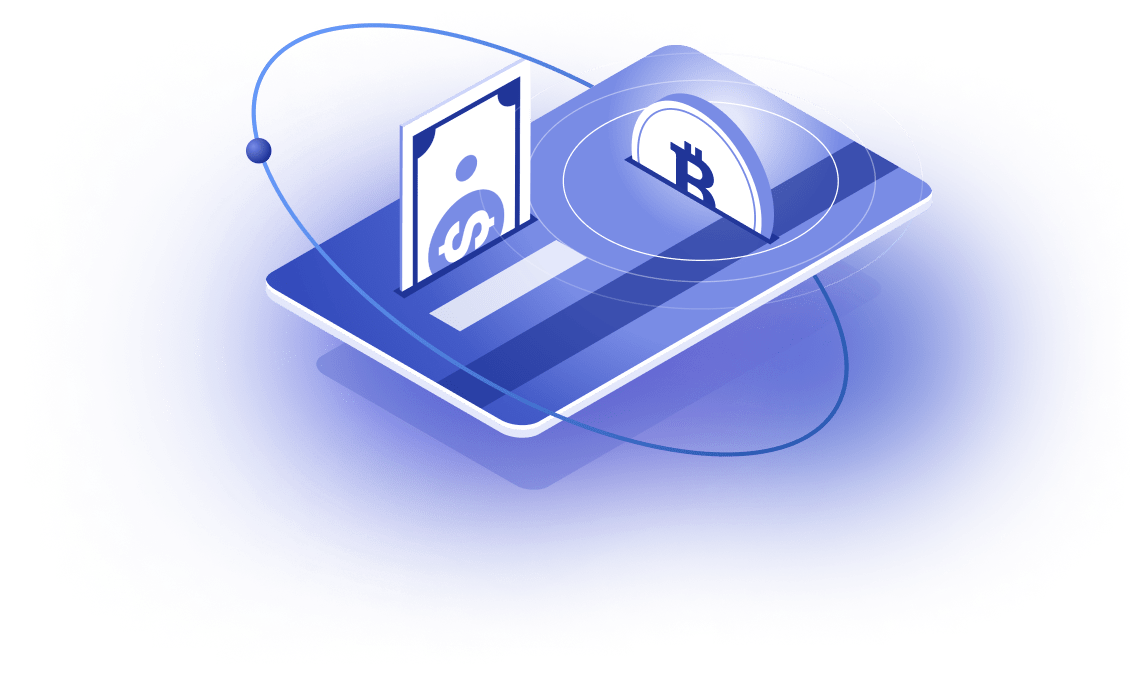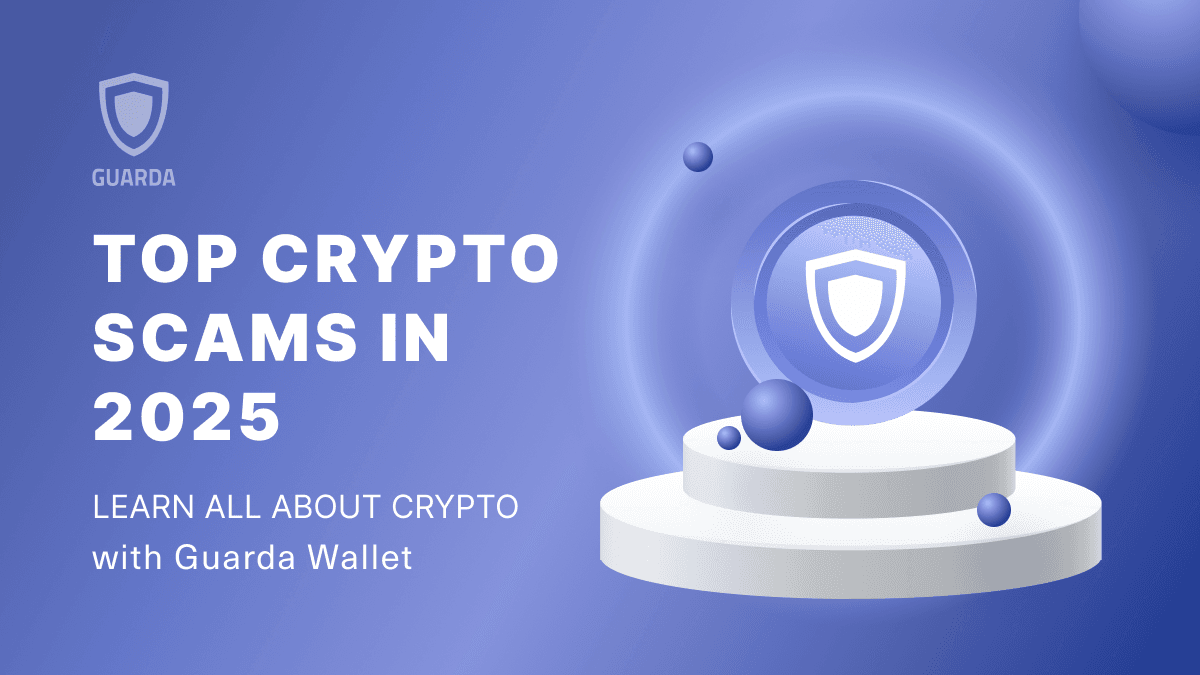What is Cryptojacking?
Cryptojacking is a cyberattack where hackers secretly use a victim’s computing resources to mine cryptocurrencies without their consent. Unlike traditional crypto mining, which requires permission and investment in hardware, cryptojacking exploits unknowing users, often leading to performance degradation, overheating devices, and increased electricity costs.
Stay turned with the latest news and updates by joining us on Twitter.
— @GuardaWallet
How Does Cryptojacking Work?
Hackers deploy cryptojacking software in two primary ways:
-
Through Malware: Malicious software is installed on a victim’s device, allowing the hacker to mine crypto in the background.
-
Via Browser-Based Attacks: Also known as cryptojacking in browser, this method involves injecting JavaScript into a website so that any visitor unknowingly contributes to mining operations.
Signs of Cryptojacking
Detecting cryptojacking can be challenging, but there are some telltale signs:
- Sudden Slow Performance: Your computer or smartphone becomes unusually sluggish.
- Overheating Issues: Devices run hotter than usual and crash frequently.
- Increased CPU Usage: Your device’s CPU usage spikes even when idle.
- Unexpected Battery Drain: Laptops and mobile devices lose battery quickly due to excessive processing power being used.
Cryptojacking vs Crypto Mining
While crypto mining is a legitimate activity that requires significant investment in hardware, cryptojacking is an unauthorized and illegal means of exploiting other people’s devices to mine cryptocurrencies. Crypto mining is consent-based and follows ethical guidelines, whereas cryptojacking is performed covertly without user knowledge.
Examples of Cryptojacking Attacks
Cryptojacking attacks have targeted individuals, businesses, and even major organizations. Some of the common cryptojacking tools used by cybercriminals include Coinhive, Crypto-Loot, and PowerGhost. These tools exploit vulnerabilities in systems and web applications to embed cryptojacking malware.
How to Prevent Cryptojacking
There are several cryptojacking protection methods to help users secure their devices:
-
Using Anti-Malware Software: Install reliable security software to detect and remove cryptojacking malware.
-
Avoiding Suspicious Links and Emails: Phishing emails often contain cryptojacking software, so avoid clicking unknown links.
-
Updating Software Regularly: Ensure your operating system and browser are updated to patch vulnerabilities.
-
Using NoScript Extensions: Browser extensions like NoScript prevent malicious scripts from running.
-
Monitoring CPU Usage: Regularly check your device’s CPU usage for unexpected spikes.
Stopping Cryptojacking Attacks
If you suspect cryptojacking on your computer, follow these steps:
-
Close the Affected Browser Tabs: If cryptojacking is occurring via a browser, close all suspicious tabs.
-
Remove Malicious Extensions: Go through your browser extensions and uninstall any unknown ones.
-
Run a Security Scan: Use anti-malware tools to scan and remove any cryptojacking threats.
-
Restart Your Device: A reboot can sometimes halt ongoing attacks.
Impact of Cryptojacking on the Crypto Market
The increasing number of cryptojacking incidents has made investors more cautious about their cybersecurity. Additionally, lucrative crypto exchanges and DeFi platforms are being targeted by sophisticated hackers, leading to significant financial losses.
Major Hacks That Have Shaken the Crypto Market
The following cases highlight the severity of cyberattacks in the crypto industry:
Bybit CEO Confirms $1.46 Billion Exchange Hack
Bybit, one of the world’s leading crypto exchanges, suffered a massive breach worth $1.46 billion. The platform assured users that they would be refunded their lost funds on a 1:1 equivalent basis.
Sui’s Blockchain Hacked for $29 Million (December 12, 2024)
Sui’s blockchain, known for its innovative technology, was exploited by hackers who managed to steal $29 million worth of assets. The breach raised concerns about blockchain security and smart contract vulnerabilities.
Crypto Exchange XT Hacked for $1.7 Million
XT, another crypto exchange, experienced a $1.7 million security breach, underscoring the need for robust security measures in crypto trading platforms.
DeltaPrime Protocol Breach ($4.75 Million Stolen)
The DeltaPrime protocol fell victim to a cyberattack, losing $4.75 million. This attack emphasized the importance of decentralization and security audits for DeFi platforms.
1inch Crypto Project Hack (October 30, 2024)
The 1inch crypto project confirmed a hack and pledged to refund all affected users, highlighting the community-driven approach of some crypto platforms.
How Guarda Wallet Helps Secure Your Crypto Assets
As cyberattacks become more prevalent, securing digital assets has never been more critical. Guarda Wallet provides a secure, non-custodial solution for crypto users, ensuring that funds remain in the user’s control. With advanced security features, multi-signature authentication, and private key encryption, Guarda Wallet offers robust protection against hacks and cryptojacking threats.
Avoiding Cryptojacking Threats and Strengthening Security
To stay safe in the crypto ecosystem, users should adopt best practices such as:
- Storing Assets in Secure Wallets: Non-custodial wallets like Guarda Wallet offer enhanced security compared to centralized exchanges.
- Regular Security Audits: Periodically reviewing your security settings helps in detecting vulnerabilities early.
- Enabling Two-Factor Authentication (2FA): Always activate 2FA on exchanges and wallets for an additional security layer. Educating Yourself About Threats: Awareness is the first step in avoiding cryptojacking threats and other cyber risks.
Conclusion
Cryptojacking and major exchange hacks continue to pose significant threats to the cryptocurrency market. While the industry works towards improved security measures, users must take proactive steps in protecting their assets. By utilizing secure wallets like Guarda Wallet, implementing cryptojacking protection methods, and staying informed about the latest cyber threats, individuals can navigate the crypto space with greater confidence and security. As the crypto industry evolves, so too must our approach to security. The responsibility lies with exchanges, wallet providers, and users alike to create a safer and more resilient ecosystem for digital assets.







